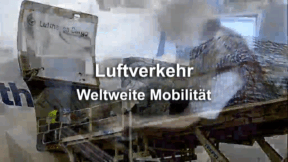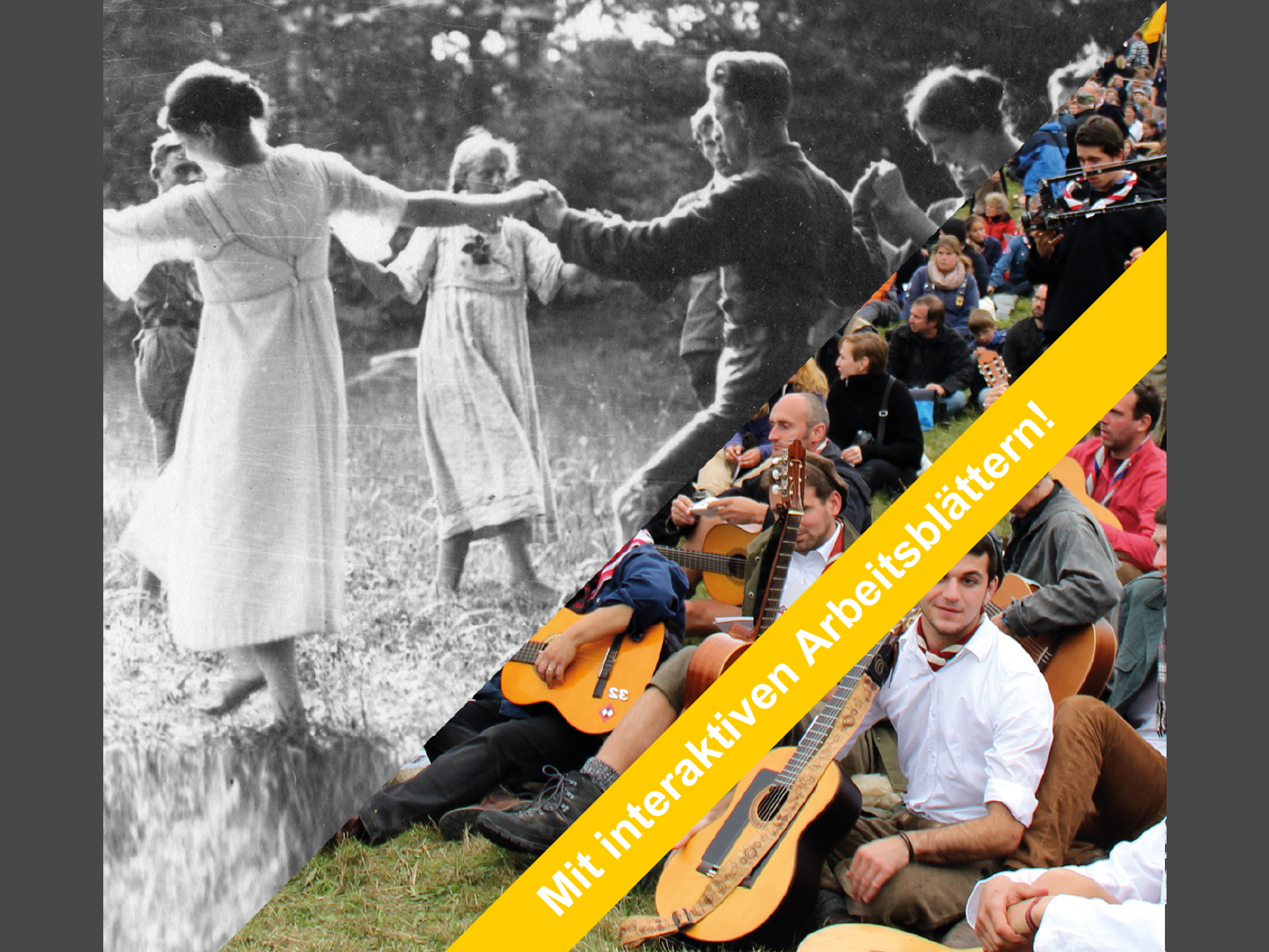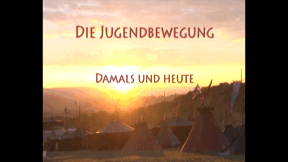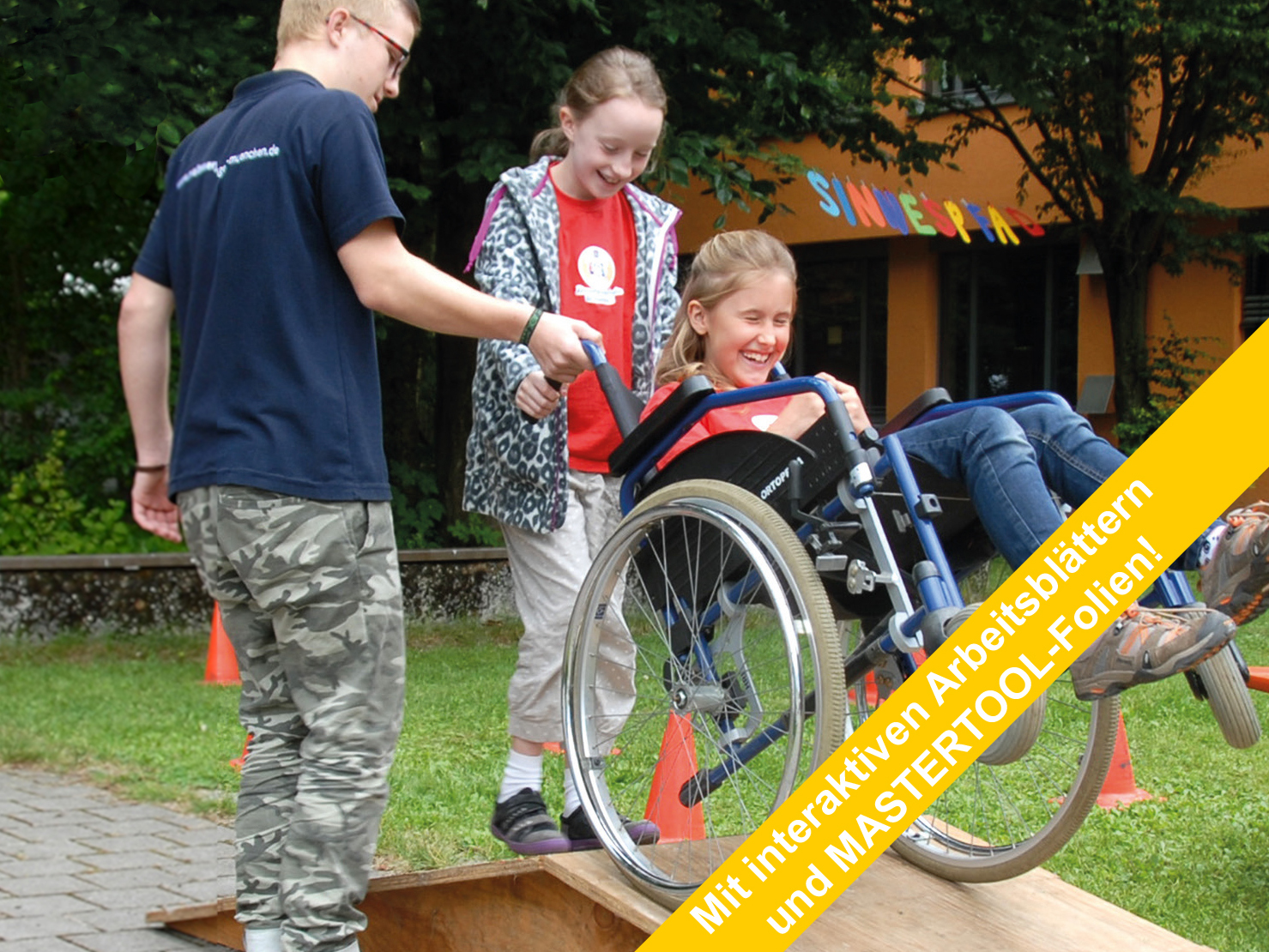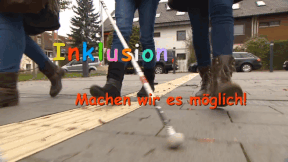 Biology, Primary School
Biology, Primary School
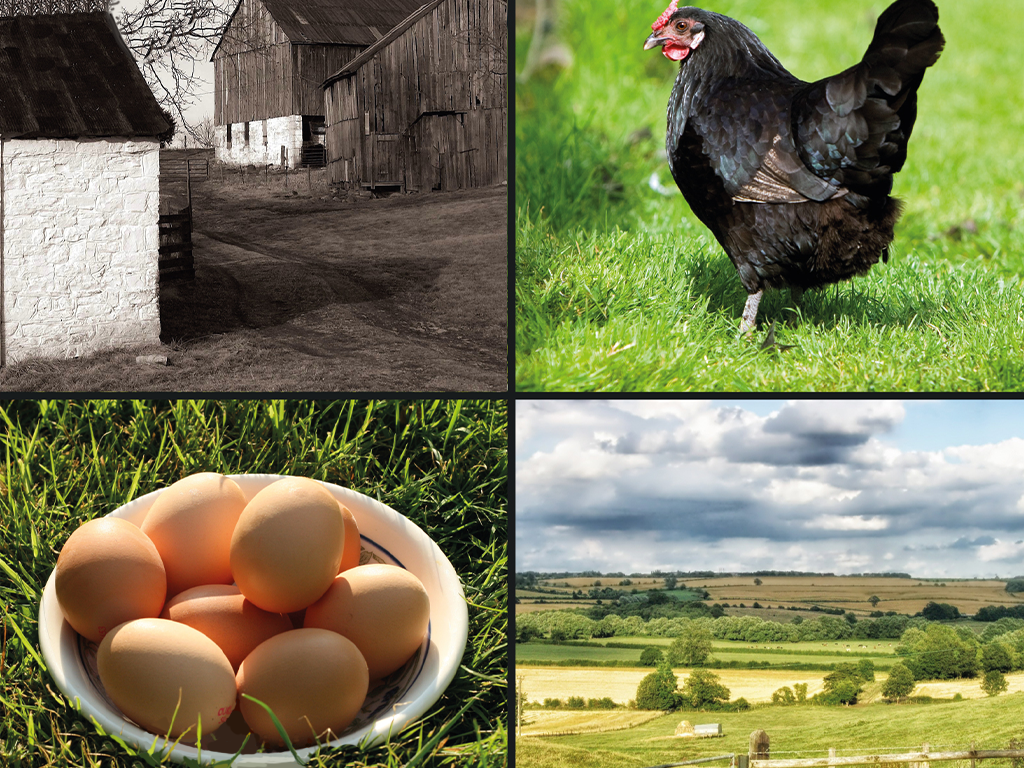

4670850 / 5560956
Huhn und Ei
Haltung und Mythen
Erstaunliche Zahlen im Zeitalter der Vogelgrippe: Über 18 Milliarden Eier werden jährlich in Deutschland verzehrt und über 10 Kilo Geflügelfleisch landen durchschnittlich im Magen eines jeden Bürgers. „Schau Dich schlau!“ widmet sich heute einer der leckersten Erfindungen der Natur: dem Ei und dem Huhn. Hühner legen entweder als Legehennen Eier oder wachsen als Masthuhn innerhalb von wenigen Monaten zu einem Brathähnchen heran. Legehennen sind extrem effektive und genügsame Eierlegemaschinen. Täglich ein Schnapsglas Wasser und eine Hand voll Körner und schon wird ein Ei produziert. Und das an fast 300 Tagen im Jahr. „Schau dich schlau!“ zeigt, wie ein Ei entsteht, warum es oval ist und woran man erkennt, wie frisch es ist. Doch wie schaut es aus mit den verschiedenen Haltungsmethoden und Güteklassen? Was bedeuten Boden-, Käfig- oder Freilandhaltung eigentlich? Schmeckt man den Unterschied? „Schau dich schlau!“ macht den Test. Außerdem wirft das Team um Joey Grit Winkler und Fero Andersen einen Blick auf die aktuelle Forschung. Wissenschaftler prüfen nämlich, ob sich in einem Ei Wirkstoffe züchten lassen, die dem Menschen als Grippeschutz dienen können. Und schließlich stellt „Schau dich schlau!“ natürlich die Frage aller Fragen: Was war zuerst da? Das Huhn oder das Ei?
Play trailer
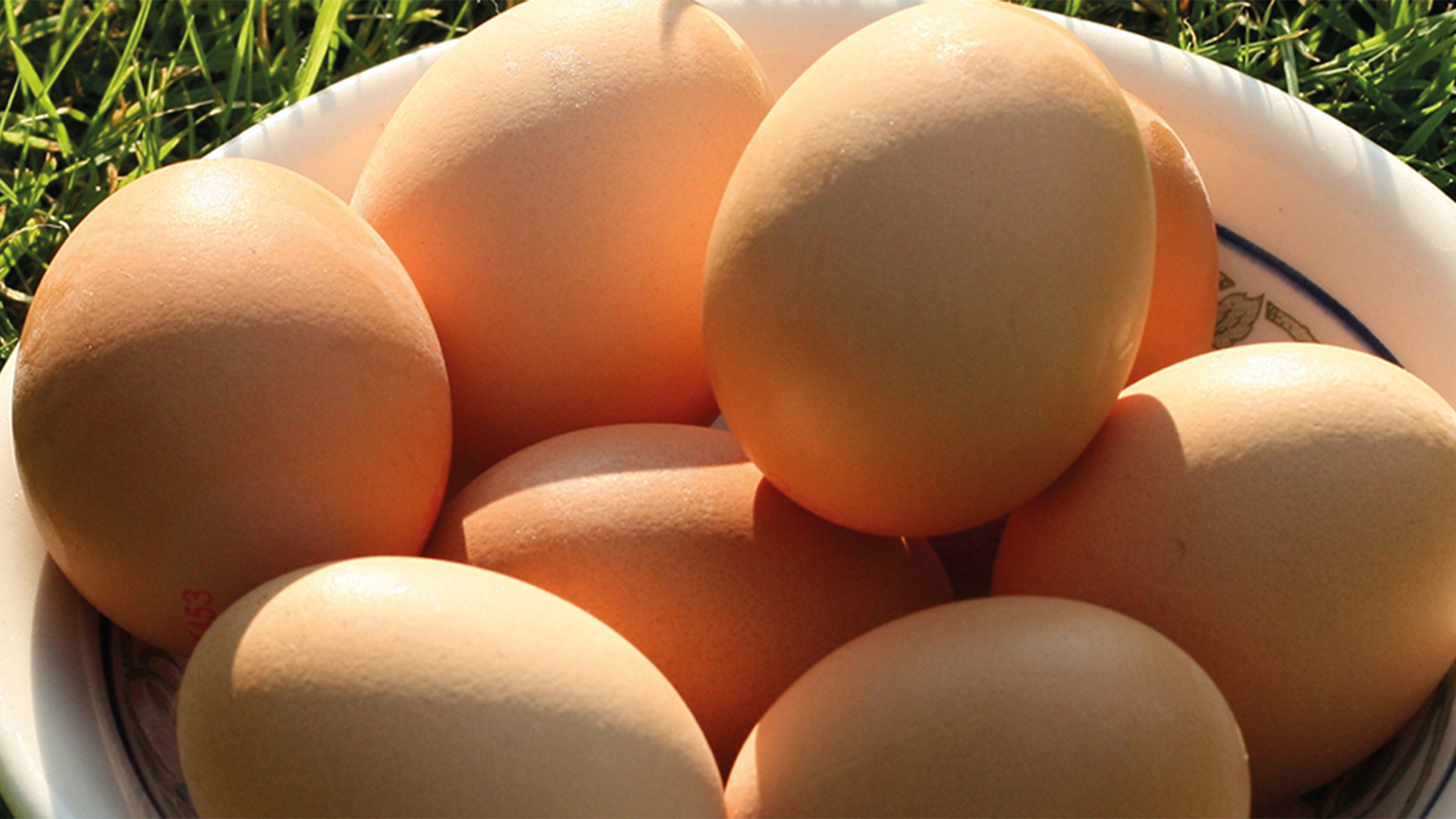
Curriculum-centred and oriented towards educational standards
Matching
Air Traffic
Being able to fly has been a dream of humanity from time immemorial. But it does not even date back a century that people actually started being able to travel through the air. Since the 1960s, the number of flight passengers has been constantly increasing. Thus, the airspace is no longer dominated by birds but by man-made flying objects.
Youth Movement
Dancing until your feet hurt: Here, at the meeting on the Hoher Meissner near Kassel, 3,500 participants from Boy Scout associations, youth and Wandervogel groups from all over the German-speaking region have gathered. They want to celebrate, simply get to know each other and commemorate a historic anniversary.
Inclusion
Madita is eleven and blind. She does not want to go to a special school but to a regular grammar school. She says she feels "normal" there. Jonathan is eight and has a walking disability. He likes going to the school where he lives. Here, his best friend sits next to him. Max Dimpflmeier, a teacher who is severely deaf, explains that school life is not easy. Quote Max Dimpflmeier: "You don't want to attract attention, you want to avoid saying that it is necessary for you that 70 people adjust to your situation." People on their way to inclusion.





